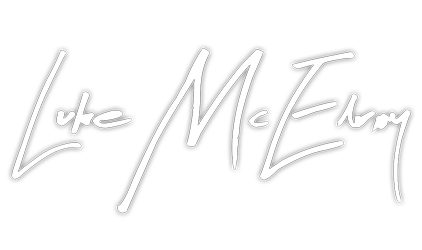Yesterday I wrote a bit about leading differently through choosing effectiveness over efficiency. I thought it would only be fitting to share a few thoughts on what being effective may look like for a leader.
Here are 5 ways for a leader to help spread effectiveness in an organization:
1. Cast a clear vision.
In order to be effective, we must know and define what effective means for our organization. This will be unique to everyone who implements this principle, because being effective is a bit different for every organization. Leaders much cast this vision and make it clear. If your team doesn’t know how to be effective over efficient, the only effectiveness you will see will be completely accidental (which isn’t really effectiveness). Share examples and identify scenarios your team may find themselves in.
2. Know your limitations.
I mentioned yesterday “when you have a choice.” This often is when we have the time and knowledge of what we can and cannot do. There isn’t a choice if we’re operating and leading outside of our ability. When we operate from our strengths we can focus on being effective. Leaders must know the limitations of both themselves (so they don’t over extend themselves and thus have to resort to efficiency) and their team (so you don’t lead into a place where the entire team has to choose efficiency and risk the principle being lost).
3. Hire doers. Rent Dreamers.
I first heard this statement from Andy Stanley, and fell in love with it. If an organization is made up of “doers” instead of “dreamers” your natural response to any task is to finish the task. When I have lead a dreamer, I find that I am constantly having to reiterate deadlines. This naturally puts a focus on getting something done, which will lead to efficiency. When you have a team of natural “doers” then the leadership can help focus on being effective.
4. Define roles.
If you don’t know your role on the team and the role of others, you have a tough time being effective. Being effective is focusing on the areas of our gifting and excelling in those areas. This allows us to prioritize our tasks and trust the others on our team to do the same. Leaders who want to create a culture of effectiveness help to define everyone’s role…. constantly.
5. Empower ownership.
Finally, effectiveness only happens when micromanagement is a thing of the past. Individuals can’t be effective if they don’t own their destiny. In order to lead to a place of focus on being and branding, leaders must empower ownership of the task, goal, project and/or vision. Micromanagement is the quintessential breaking point of effective vs efficient. Learn to let go in order to let others grow. Empower and pass on ownership to those on your team.

